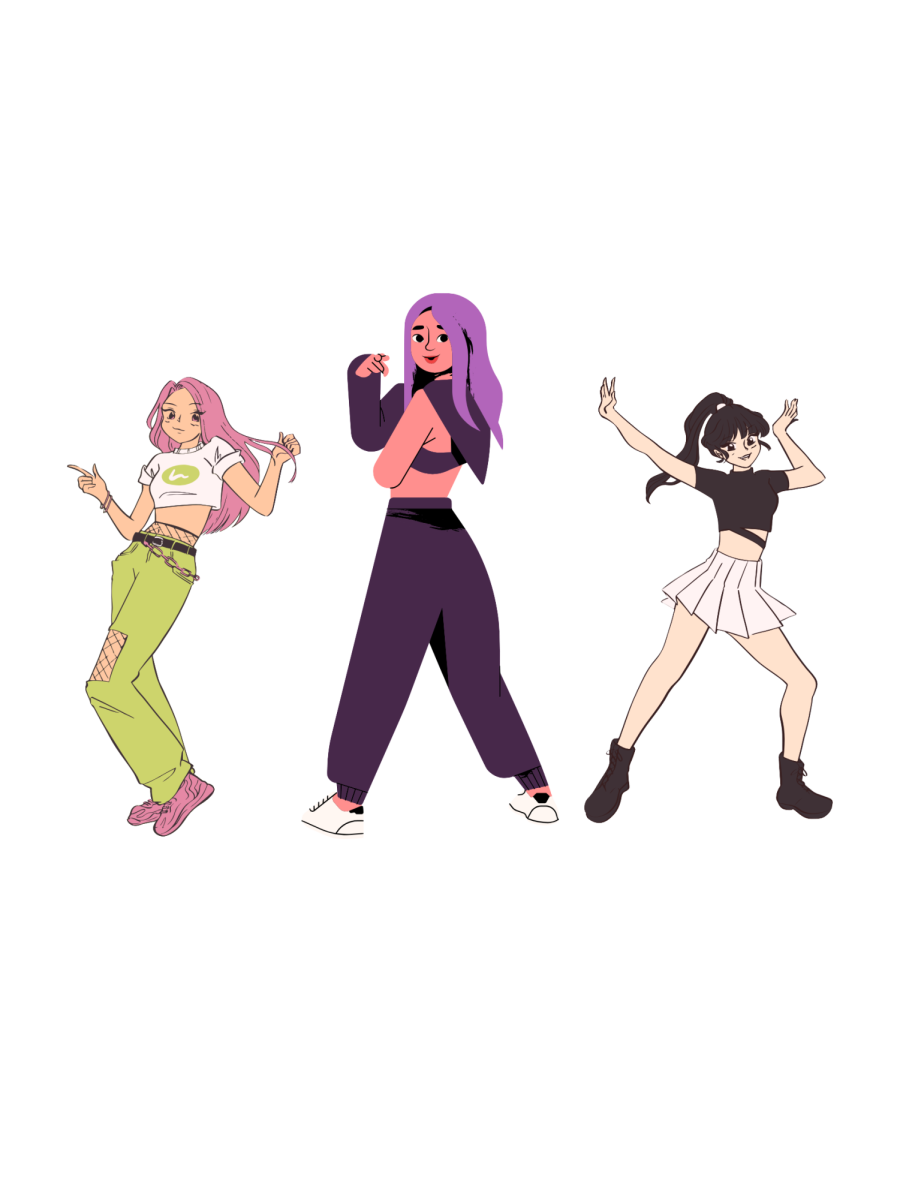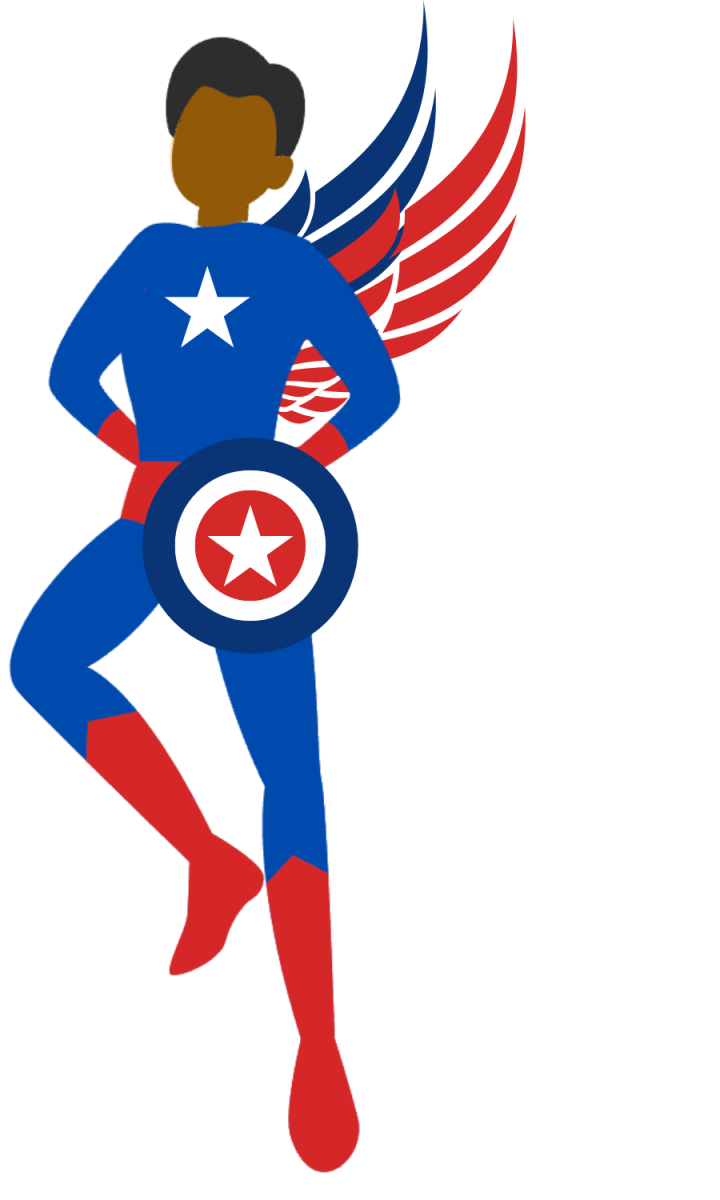It’s a Friday night and you’ve seen every movie in theatres. Bowling is overrated, and things to do in Central Florida are pretty limited, so what do you do?
Most people will try and find someone to hang out with, or others, like me, will indulge in some time to themselves. Unfortunately, people have stigmatized the idea of alone time, calling it stupid or embarrassing. If you spend your Friday night at home reading a book or watching a movie, just know you are not alone.
There are people out there, like me, who use this time to explore different mediums of entertainment that get minimal attention. These mediums include spoken word poetry, short story anthologies, silent movies or even comic books. These mediums offer a different and engaging perspective into the worlds of different characters and stories.
Spoken Word Poetry
Most high school students associate a negative connotation with poetry. They think, “Oh, they made us read that stuff in 10th grade English, and I hated it,” or “poetry is so boring.” Not all poetry is like Lord Byron or John Keats; spoken word poetry is a completely different arena.
Spoken word poetry is a performance-based style that focuses on the words through tone, gestures and facial expressions.
Many spoken word poems can actually be some of the most engaging realms of entertainment because they make you think.
Spoken word poets implement relevant topics in their work. They explore themes of regret, love, loss and really any human emotion you could think of; some are even hilarious and satirical.
A lot of spoken word poets recite their works at open-mic nights at local cafes or coffee joints, although YouTube has infinite live recordings that are definitely worth watching.
Alumna Megan McFadyen-Mungall ‘13 has performed in many open-mic nights.
“I love the fun and spunky aura of people performing such interesting poems,” McFadyen-Mungall said. “Everyone has such a chill and entertaining night.”
Graphic Novels
Picture books aren’t just for 3rd graders; graphic novels and comic books are easily the most unique and interesting form of literature.
What makes graphic novels and comic books so interesting is what comic aficionados call “the gutter” or just the space between the panels.
The gutter plays host to the magic and mystery that are at the very heart of comics.
There are many different things that make these novels so interesting, but the gutter is the most unique.
“The gutter – the blank space between panels – is one basic elements of the form. It is in the gutter that the reader’s imagination has to work to fill in the gap and to bridge the story between panels,” said English Teacher Robert Boerth. “So, rather than telling the reader everything – as is usually done in films and other art forms – comics by their very nature leave things out, and this ignites the reader’s mind to supply the missing pieces.”
Comic books, like silent films, are also interactive; they both require an imagination willing to create parts of the stories.
One of the highest regarded graphic novels is Maus by Art Spiegelman. Maus depicts the tale of Speigelman’s father and his experiences as a Polish Jew and Holocaust survivor; it was the first graphic novel to win the Pulitzer Prize in 1992.
Beyond Maus, some other graphic novels worth indulging in are Scott Pilgrim vs. The World or The Green Hornet.
Short Stories
You read it – you’re happy; it’s over – you’re sad.
While short stories may seem unsatisfying because of their lack of detail, they are actually quite fulfilling. The lack of detail promotes a prose that is straightforward but still has a plot.
Many short story anthologies are surrounded by a general theme that the author evokes or are just a collection of stories that are worth reading.
What makes them so engaging is the fact that since the story ends in such a short matter of time, it gives you time to really delve into the character’s minds and quickly understand their existence.
Although there are an innumerable amount of different types of short story genres out there, some notable ones are T.C. Boyle’s satirical realism, George Saunders heavy drama and Laura Van Den Berg’s exploration of secrecy and deception.
“All you need, you get,” said English Teacher Steven Garnett.
Silent Films
At face value, they may seem obnoxious, but silent films are actually incredibly interesting. “But you can’t hear anything,” you say? You don’t have to – that’s the beauty of them.
Silent films allow you to create scenarios and emotions that the actors in the films are trying to portray in your own mind.
It’s almost like an interactive experience; you have to figure out the emotions behind the characters’ motions and facial expressions.
In 2011, Director Michel Hazanavicius re-revolutionized silent films with his Academy Award winning film, The Artist.
The Artist tells the tale of George Valentin, a silent movie star, who meets a young dancer, and with the creation of talking movies their careers take different directions.
The perfect place to start watching silent films is Charlie Chaplin; he transformed silent film making with his work in Modern Times, The Great Dictator and City Lights.















